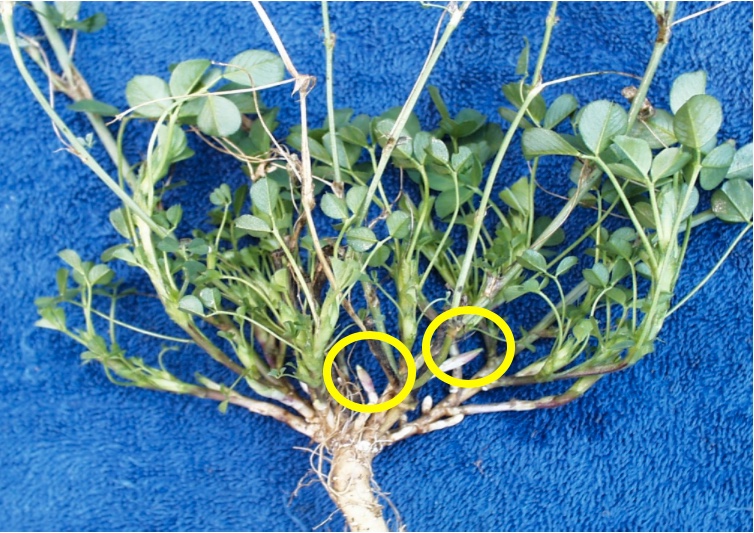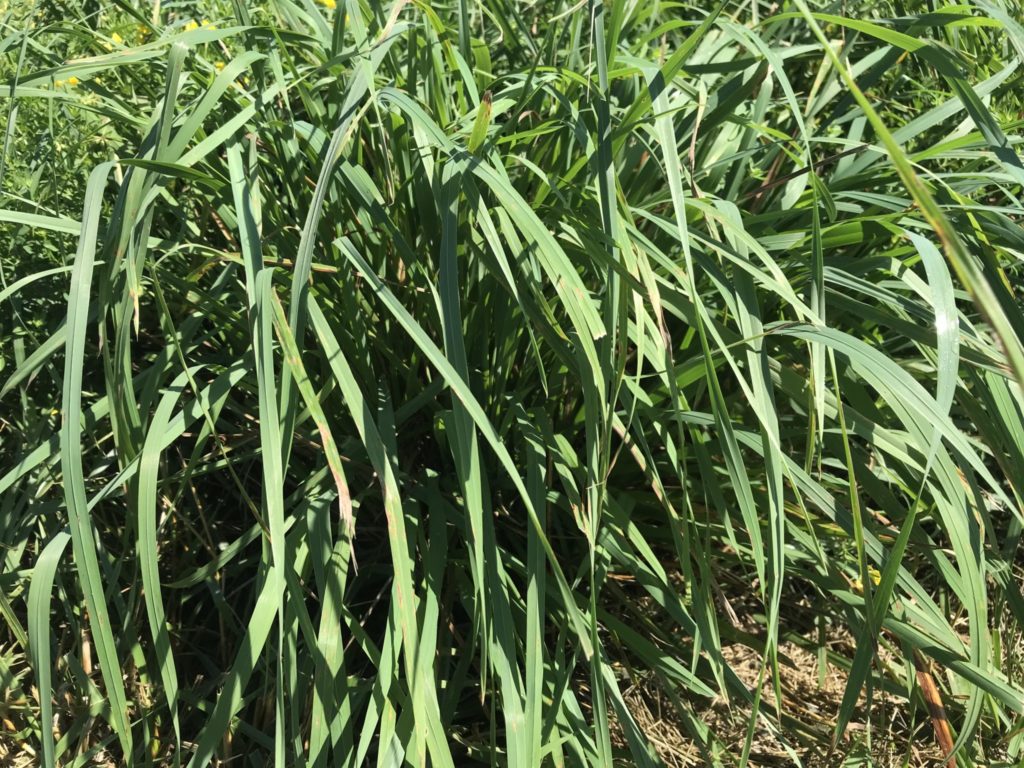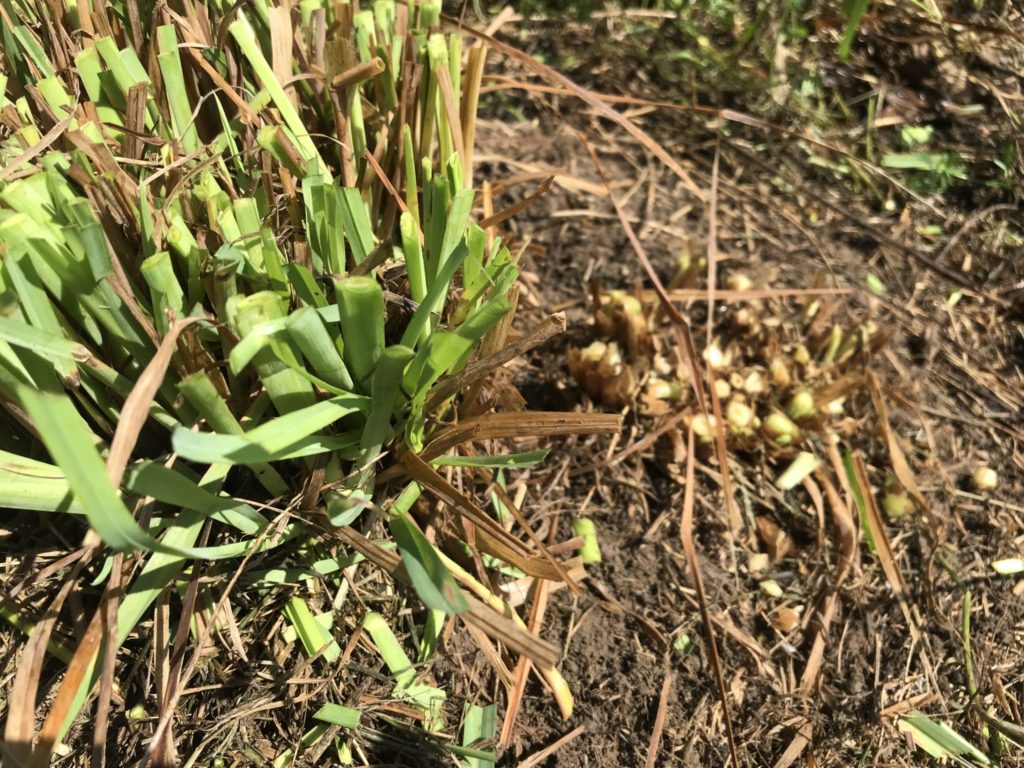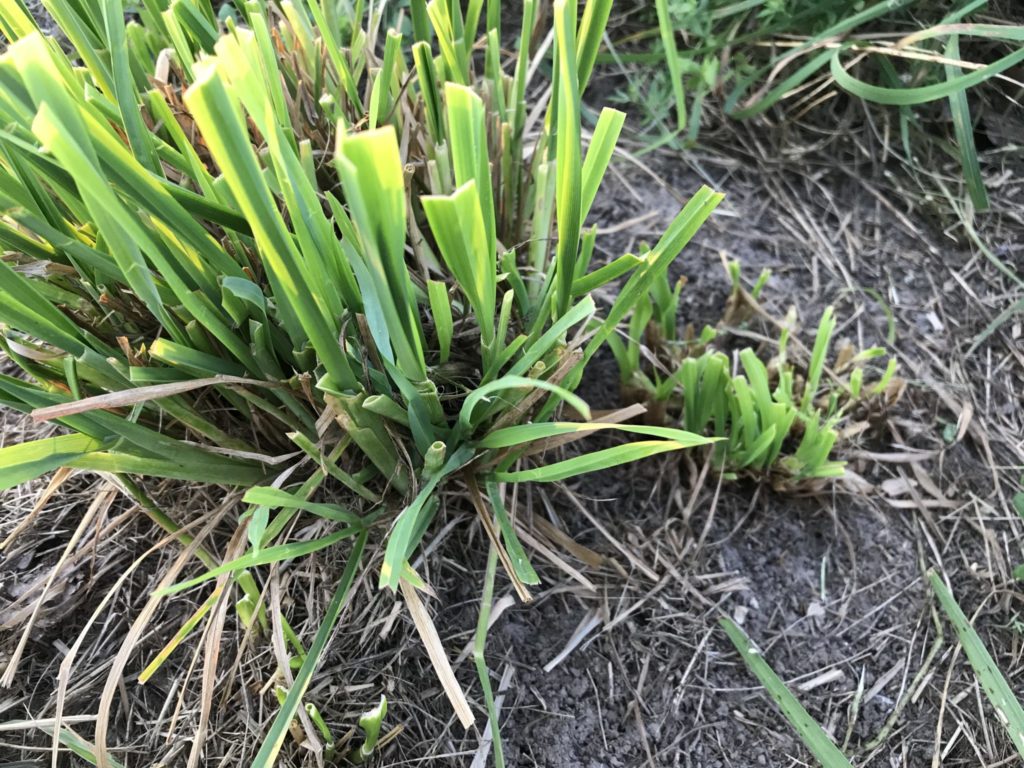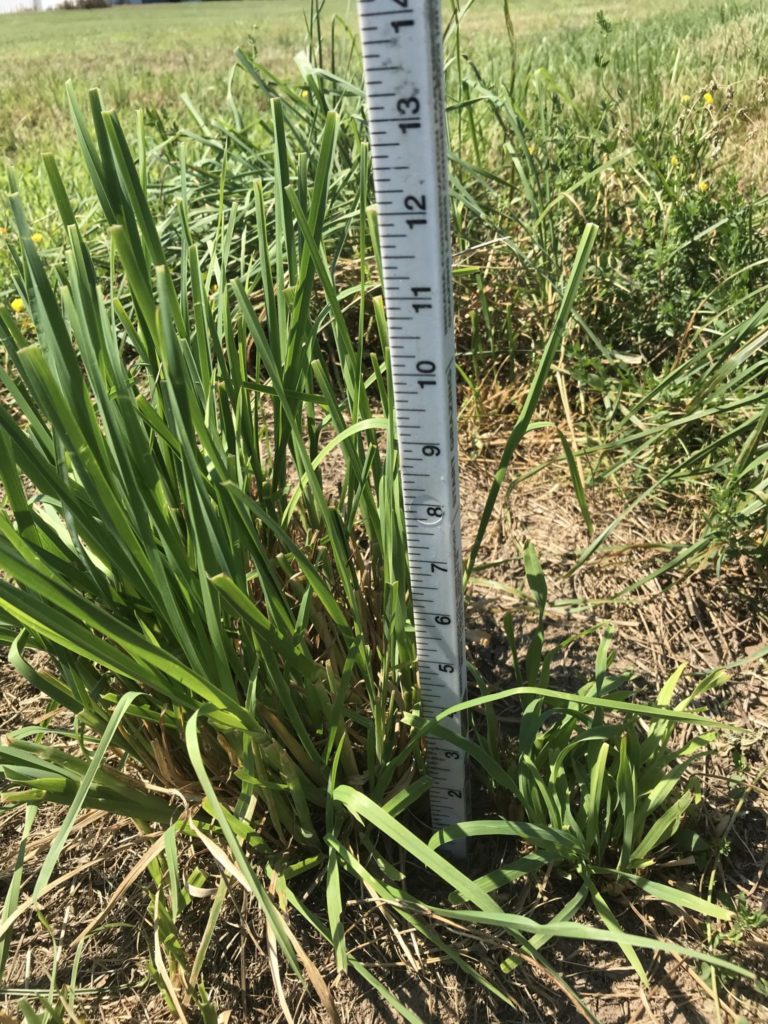The 2020 grazing season has recently started and hay harvest is going to begin soon. As the pasture gets grazed and the forage growing in the field is mown, make sure to evaluate grazing and cutting height so perennial plants have better persistence.
A few years ago, I was called out to several pastures being grazed by horses to give recommendations regarding the improvement of the forages in the pastures. These are pastures that I travel by often. On any given day of the year my observations had been that the pastures looked more like a golf course putting green that it did a pasture for livestock. My first recommendation to the owner didn’t include soil fertility, weed control or improved forage species. The recommendation I did provide was to reduce the number of horses being grazed or to buy more land. In other words, reduce the stocking rate so overgrazing would be avoided.
Another common happening is to start a pasture with higher yielding forages like alfalfa, orchardgrass, and red clover and over the course of many years the stand transitions to Kentucky bluegrass, white dutch clover and weeds. Why does this occur? Over grazing reduces the growth and development of the improved forages because meristems, where growth and development begins, find their way to the mouth of the close-grazing livestock and never have a chance to differentiate into leaves and stems. This is especially a concern when pastures are continuously grazed. Preferably, pastures would be broken into paddocks so rotational grazing can occur. Plants within a paddock would preferably be grazed to a 4-inch height and then livestock would move on to the next paddock where more growth exists. This provides necessary rest within the recently grazed paddock so plant vigor is improved. Kentucky bluegrass and white dutch clover meristems are so close to the soil surface that they can avoid being damaged by continuous close grazing. Similarly, a Kentucky bluegrass lawn can be mowed often at a three-inch height without loss of turf quality but the objectives are much different than when grazed by livestock. Kentucky bluegrass may persist better than many other forages when closely grazed, but it is not very drought tolerant and doesn’t have the carrying capacity of higher yielding forage options. Likewise, Kentucky bluegrass isn’t as productive when continuously closely grazed as compared to being in a properly stocked rotational grazing system.
Close grazing and mowing, as well as a hay harvest interval that is too short, essentially starves the plant. By removing too many leaves too often, photosynthesis can’t occur in the time frame needed to keep a plant vigorous. Photosynthesis is the process in the plant factory, specifically located in the chloroplasts, that ultimately results in the transport of sucrose through the phloem, an internal plumbing network, to locations in the plant where energy is needed for respiration, growth or storage.
There have been many reports of orchardgrass decline after harvest of alfalfa-orchardgrass mixtures. Alfalfa meristems within crown buds are located very close to ground level. Alfalfa meristems avoid being harvested with a mower, even if cutting at a 2-inch height.
Orchardgrass tillers, on the other hand, have elevated stem bases that are the storage organs where carbohydrates are stored and necessary to initiate regrowth. To illustrate the concern over scalping orchardgrass, two orchardgrass plants were clipped at 4 inches or ½ inch on July 6. I came back to monitor regrowth of the same plants on July 9 and 13. As the pictures aptly show below, the scalping of orchardgrass is a deleterious practice as compare to cutting at the 4-inch height.
As you manage pastures and hay fields, remember to avoid overgrazing and cutting too low so the forage has great persistence for many years.



